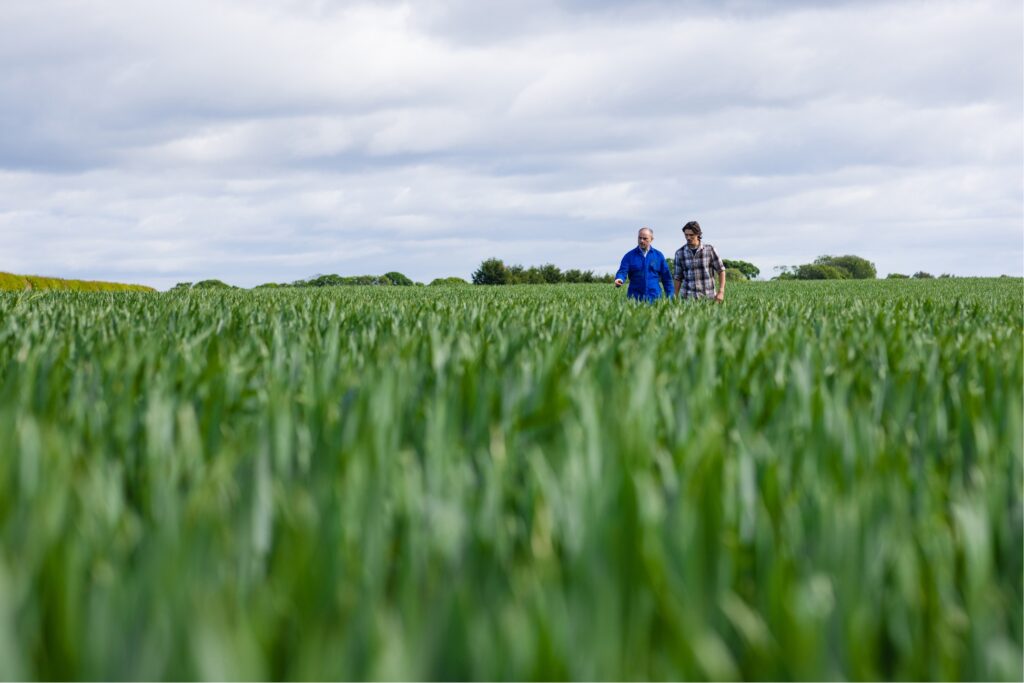For Business
Agricultural R&D relief
Research and Development (R&D) tax reliefs provide an opportunity for companies to claim additional corporation tax relief for certain costs in order to reduce taxable profits and their corporation tax liability. The relief is only available to companies.
R&D comes in many forms and can include expenditure such as costs incurred on activities that are designed to increase yields, profitability and improve the quality of land. It is possible that a company is already undertaking activities that qualify for relief or it may be possible to structure future activities such that relief can be claimed.

How does it work?
The relief works by increasing eligible expenditure of say £100,000, which already receives 100% corporation tax relief by a further 130% of this amount (£130,000). The company therefore reduces the profits chargeable to corporation tax by £230,000. With a tax rate of 19% the tax reduction is £43,700, rather than £19,000 on the £100,000 spent.
In the above example the cash benefit in a profitable company is 24.7% of the amount of R&D spend. If the company is loss making, the R&D eligible costs can be surrendered for a cash payment. In this case, if there is a taxable loss of at least £230,000 and the full amount is surrendered, then a cash payment of 14.5% (£33,350) can be claimed.

Are you eligible?
Eligible activities relevant to a farming company could include studying the effects of:
- Introducing different feed or different antibiotics to livestock
- Growing different varieties of soft fruit in a particular soil or climate
- Introducing different methods of pest control
Most claims include a significant element of staff costs that relate to the proportion of time spent by employees on qualifying activities together with ‘consumable’ costs, such as feed, seed, fertiliser, water, fuel and power, that can also be attributed to relevant activities.


